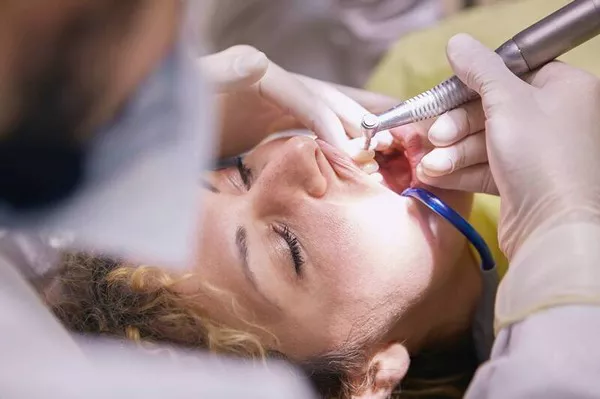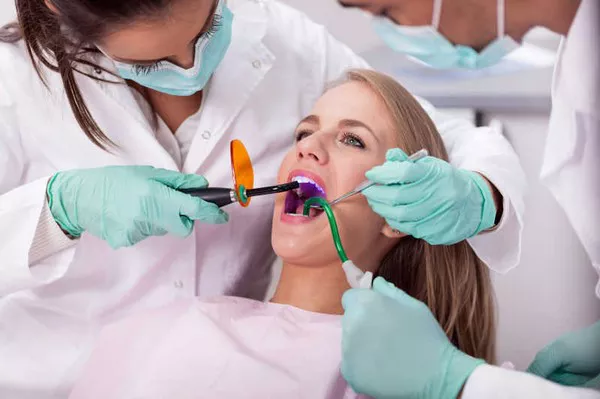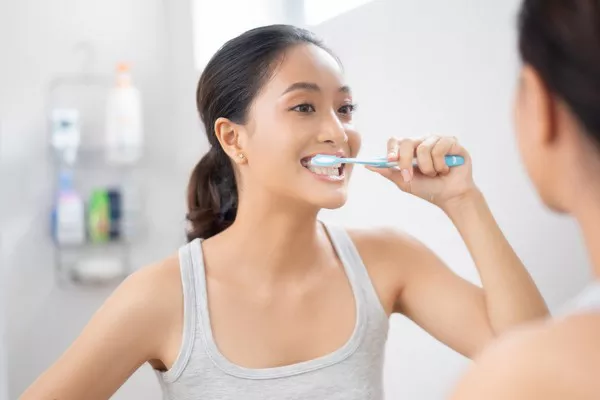Experiencing tooth pain after a filling can be concerning and uncomfortable. While dental fillings are intended to repair and protect teeth from decay or damage, it is not uncommon for patients to experience sensitivity or discomfort following the procedure. Understanding the potential reasons behind tooth pain after a filling can help you address the issue effectively and seek appropriate treatment. In this article, we will explore the common causes of tooth pain after a filling and discuss potential solutions to alleviate discomfort.
Understanding Dental Fillings
Dental fillings are used to restore and strengthen teeth that have been affected by decay, trauma, or wear. During a filling procedure, the dentist removes the decayed or damaged portion of the tooth and fills the cavity with a restorative material, such as amalgam, composite resin, gold, or porcelain. While fillings are designed to provide long-lasting protection for the tooth, it is not uncommon for patients to experience some degree of sensitivity or discomfort after the procedure.
Common Causes of Tooth Pain After Filling
Post-Operative Sensitivity:
It is common for patients to experience sensitivity to hot, cold, or pressure after getting a dental filling. This sensitivity typically occurs as a result of the tooth’s natural response to the filling procedure and should subside within a few days to a week. Post-operative sensitivity is usually mild and temporary and can be managed with over-the-counter pain medications or desensitizing toothpaste.
Tooth Trauma or Irritation:
The filling procedure itself can sometimes cause trauma or irritation to the surrounding tooth structure, leading to temporary discomfort or sensitivity. This can occur if the dentist accidentally touches or irritates the nerves or tissues within the tooth during the filling process. In most cases, any trauma or irritation will resolve on its own as the tooth heals.
High Filling:
If the filling is too high or unevenly shaped, it can cause an uneven bite or interfere with the normal function of the tooth. This can lead to pressure points and discomfort when chewing or biting down. In such cases, the dentist may need to adjust the filling to ensure a proper fit and bite.
Nerve Irritation:
In some cases, the filling material or the filling procedure itself can irritate the nerves within the tooth, leading to persistent or increasing pain. This may occur if the filling is placed too close to the nerve or if there is underlying inflammation or infection within the tooth. If the pain persists or worsens over time, it may indicate the need for further evaluation and treatment by a dentist.
Cracked Filling or Tooth:
A cracked or fractured filling can expose the underlying tooth structure to bacteria and debris, leading to infection and pain. Similarly, a cracked or fractured tooth can cause pain and discomfort, especially when chewing or biting down. If you suspect that your filling or tooth is cracked or fractured, it is essential to seek dental care promptly to prevent further damage.
Solutions for Tooth Pain After Filling
Over-the-Counter Pain Relief:
Over-the-counter pain medications, such as ibuprofen or acetaminophen, can help alleviate tooth pain and discomfort following a filling procedure. Follow the recommended dosage instructions provided on the medication packaging and consult your dentist if you have any concerns or questions.
Desensitizing Toothpaste:
Desensitizing toothpaste formulated specifically for sensitive teeth can help reduce tooth sensitivity and discomfort after a filling. Use the toothpaste as directed, typically by brushing with it twice daily, to help alleviate sensitivity over time.
Avoiding Trigger Foods and Beverages:
If you experience sensitivity to hot, cold, or acidic foods and beverages after getting a filling, try to avoid consuming these trigger foods and beverages until the sensitivity subsides. Opt for lukewarm or room temperature foods and beverages instead.
Follow-Up with Your Dentist:
If you continue to experience persistent or increasing pain after a filling, it is essential to follow up with your dentist for further evaluation and treatment. Your dentist can examine the filled tooth and surrounding tissues to determine the underlying cause of the pain and recommend appropriate treatment options.
Conclusion
Tooth pain after a filling can be distressing, but it is essential to understand that some degree of sensitivity or discomfort is normal following a dental procedure. However, if the pain persists or worsens over time, it may indicate an underlying issue that requires further evaluation and treatment by a dentist. By understanding the potential causes of tooth pain after a filling and implementing appropriate solutions, you can alleviate discomfort and ensure the long-term success of your dental restoration. If you have concerns or questions about tooth pain after a filling, don’t hesitate to reach out to your dentist for personalized guidance and care.
Can You Eat Before Dentist Filling
Can Fillings Make Your Teeth Sensitive
Can A Tooth Filling Cause Nerve Damage





























